Time: 2025-07-31 10:08:05 Source: Henan Province Jianyun Cable Co., Ltd.
Voltage drop is a critical concern in electrical installations, as excessive drop can lead to reduced efficiency, equipment malfunction, or safety hazards. For 2.5 mm² and 4 mm² copper wires commonly used in household and light commercial wiring, minimizing voltage drop ensures optimal performance. This guide provides a structured approach to avoiding voltage drop, including calculations, best practices, and practical considerations, presented in a formal and professional manner.
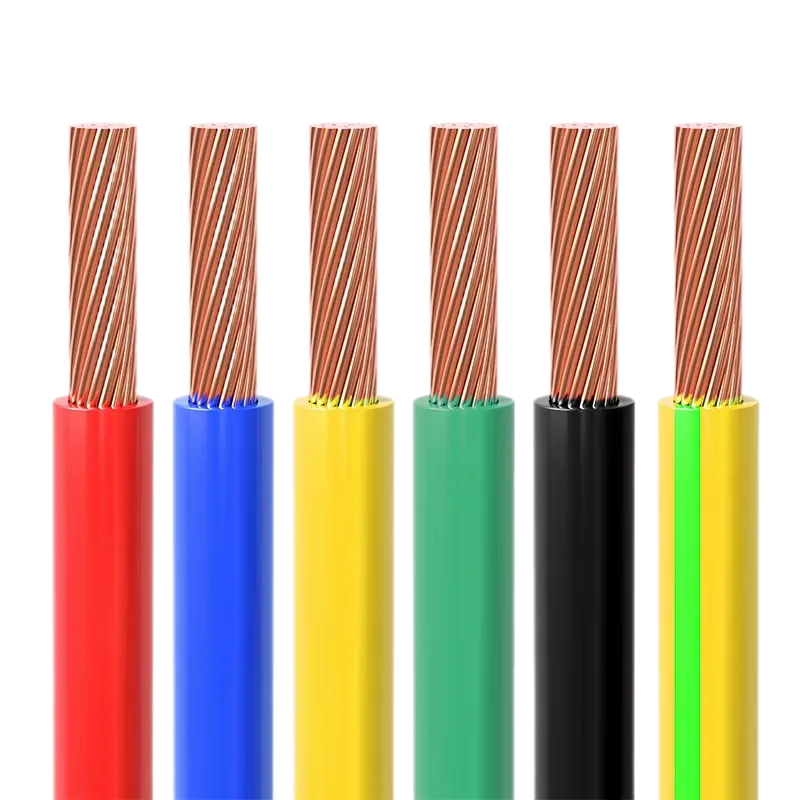
Voltage drop refers to the reduction in voltage between the power source and the load due to the resistance of the conductor. In household wiring, the acceptable voltage drop is typically limited to 3% for lighting circuits and 5% for other circuits to ensure efficient operation and compliance with standards. Excessive voltage drop can cause dimming lights, overheating, or reduced equipment lifespan. For 2.5 mm² and 4 mm² copper wires, proper sizing, circuit design, and installation practices are key to minimizing voltage drop.
These copper wires are commonly used for low-voltage (e.g., 300/500 V or 450/750 V) household wiring, with the following specifications:
| Specification | 2.5 mm² | 4 mm² |
|---|---|---|
| Ampacity (60°C) | ~25 A | ~34 A |
| Resistance (20°C) | 7.41 Ω/km | 4.61 Ω/km |
| Applications | Outlets, lighting | High-power appliances |
Voltage drop is calculated using the formula:
VD = (2 × I × L × R) / V × 100
Note: The factor of 2 accounts for the round-trip length (positive and negative conductors).
Example Calculations:
| Wire Size | Load (A) | Length (m) | Voltage Drop (%) | Acceptable |
|---|---|---|---|---|
| 2.5 mm² | 20 | 15 | 1.93 | Yes (<3%) |
| 4 mm² | 30 | 20 | 2.40 | Yes (<3%) |
| 2.5 mm² | 20 | 30 | 3.86 | No (>3%) |
To minimize voltage drop with 2.5 mm² and 4 mm² copper wires, implement the following strategies:
| Strategy | Action |
|---|---|
| Wire Size | Use 4 mm² for longer runs or higher loads |
| Cable Length | Minimize distance, use sub-panels |
| Load Current | Split loads across circuits |
| Temperature Derating | Apply factors (e.g., 0.91 for 40°C) |
2.5 mm² and 4 mm² copper wires are used in various household applications:
| Wire Size | Application | Max Load (A) | Max Length (m, VD <3%) |
|---|---|---|---|
| 2.5 mm² | Lighting, outlets | 20 | ~15 |
| 4 mm² | Appliances, sub-mains | 30 | ~25 |
| Challenge | Solution |
|---|---|
| Long Cable Runs | Use 4 mm² or larger, shorten runs with sub-panels |
| High Loads | Split loads, use 4 mm² for >20 A |
| High Ambient Temperature | Apply derating factors, ensure ventilation |
| Installation Errors | Use proper connectors, avoid bundling |
Avoiding excessive voltage drop with 2.5 mm² and 4 mm² copper wires requires careful calculation and strategic planning. By selecting the appropriate wire size (2.5 mm² for <15 m and <25 A, 4 mm² for longer runs or higher loads), minimizing cable length, reducing load current, and accounting for temperature effects, users can keep voltage drop below 3–5%. These practices ensure efficient, safe, and reliable electrical installations for household applications, supporting a lifespan of 25–30 years.
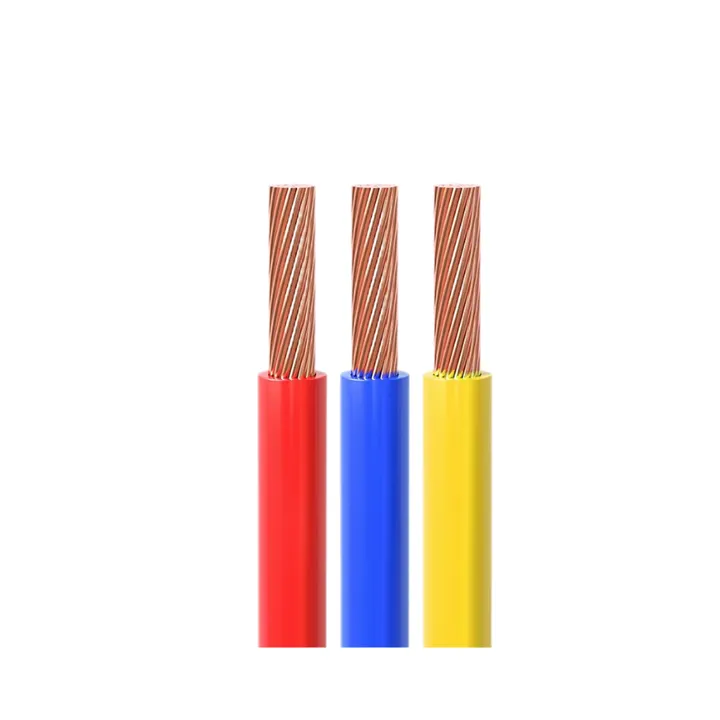
CE Certification 450/750v H07VVF Flexible Copper PVC Insulated Ac Cable 3*2.5 Mm
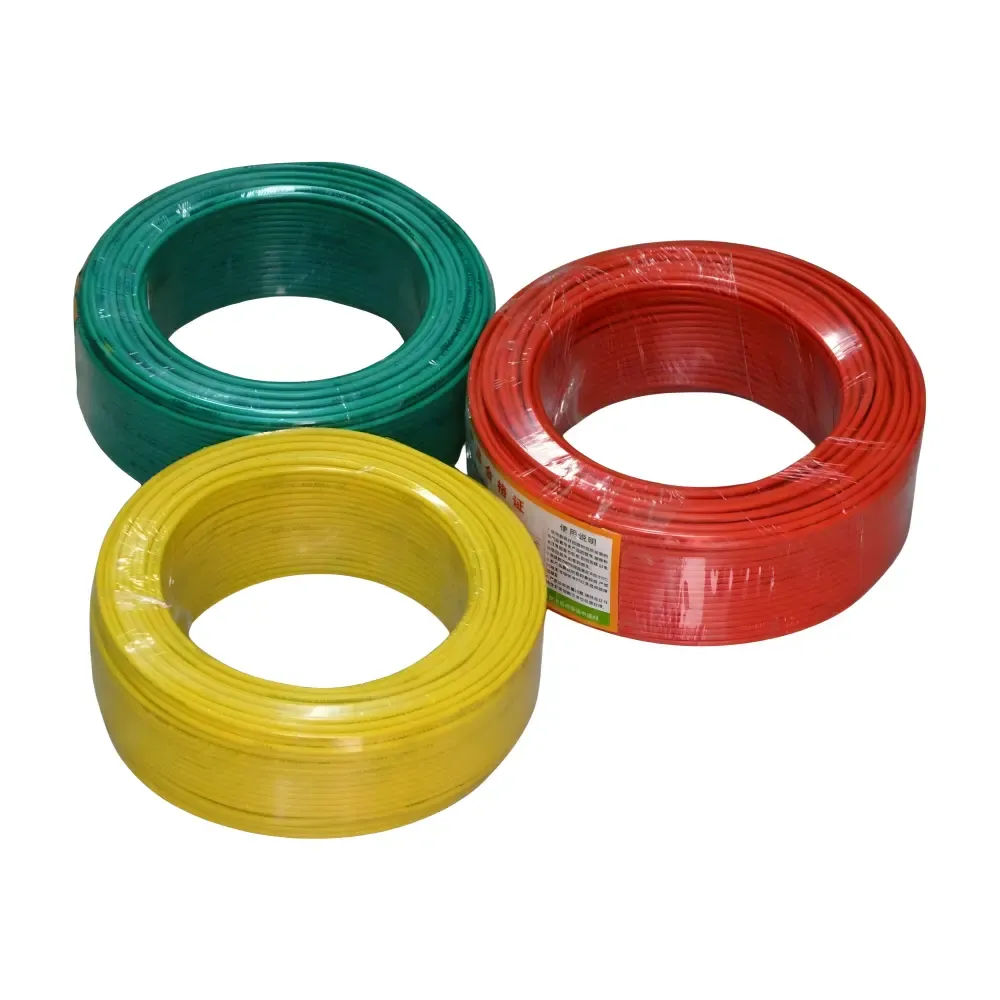
low voltage copper conductor PVC insulation underground BV BVR cable for industr
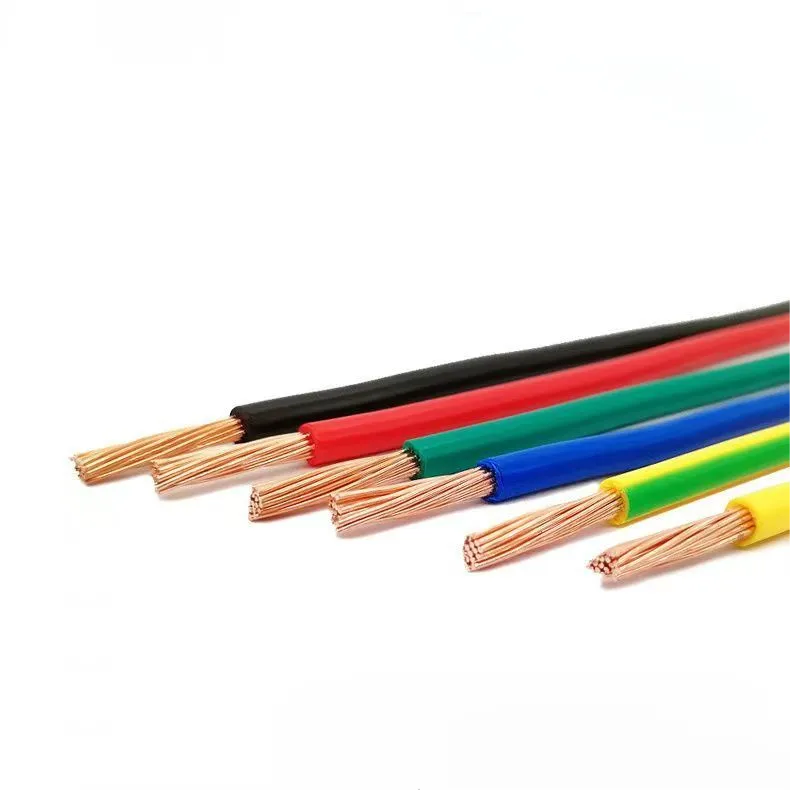
PVC electric wires are one of the most widely used electrical conductors in resi
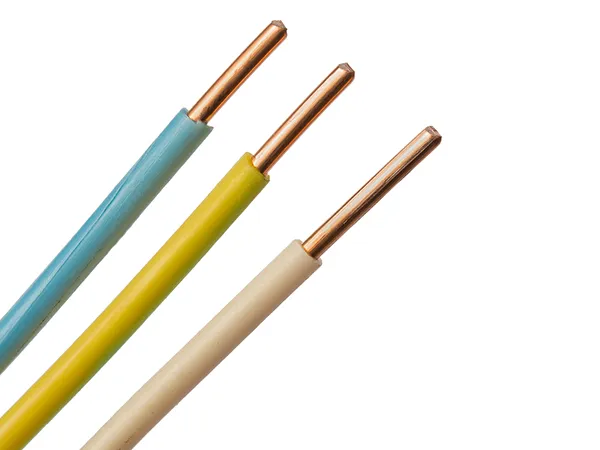
H07V-U wire is a flexible, low voltage electrical wire commonly used in industri